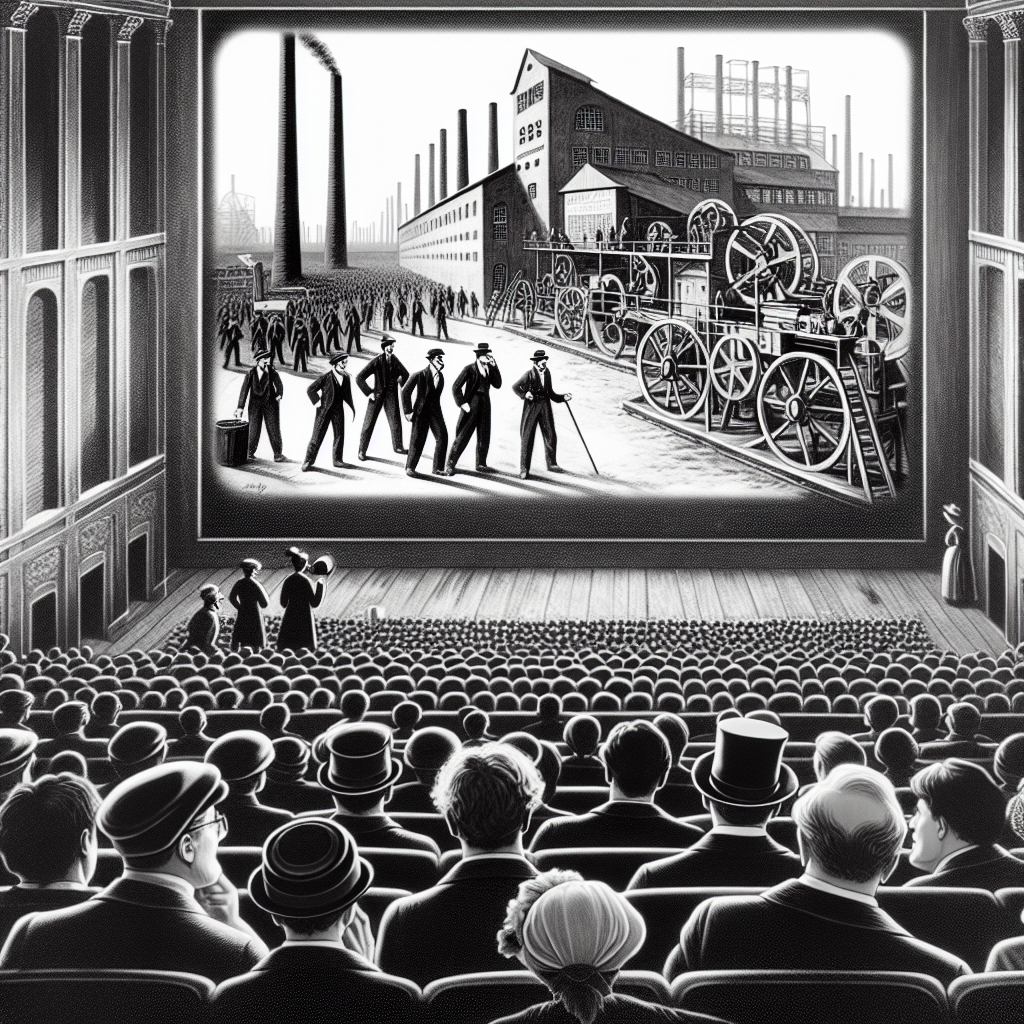
The origin of cinema can be traced back to the late 19th century, with several inventors seeking to record and exhibit moving pictures. The first steps towards modern cinema were taken in 1878 with Eadweard Muybridge’s “Sallie Gardner at a Gallop,” a series of sequential image frames depicting motion. However, it was Thomas Edison and his invention of the Kinetoscope in 1891 that brought moving pictures to the public, albeit only to one viewer at a time.
Simultaneously, in France, the Lumière brothers took a step further. With their invention, the Cinématographe, moving pictures could be projected onto a big screen for a large audience to enjoy at once. Their first film, “La Sortie de l’usine Lumière à Lyon” (“Workers Leaving the Lumière Factory in Lyon”) was screened in 1895, marking a new era in entertainment.
These early films, devoid of sound or color, told stories through visuals only, with intertitles providing necessary dialogues or narrations. The arrival of synchronized sound in “The Jazz Singer” in 1927 revolutionized cinema once more, marking the end of the silent film era and beginning of the “talkies”.
Color quickly followed with films such as “The Wizard of Oz” and “Gone with the Wind”, both released in 1939, capturing audience’s imagination with vibrant visuals. Subsequent years brought further innovation in the form of special effects, digital production, and CGI infusing modern cinema with breathtaking realism.
Cinema has come a long way from its uncanny infancy. In a span of just over a century, it evolved from novelty to art form, from monochrome stillness to vibrant vitality, reflecting the progress of human imagination and technology. As cinema continues to evolve, the future is sure to bring new advancements that we can hardly fathom now.
